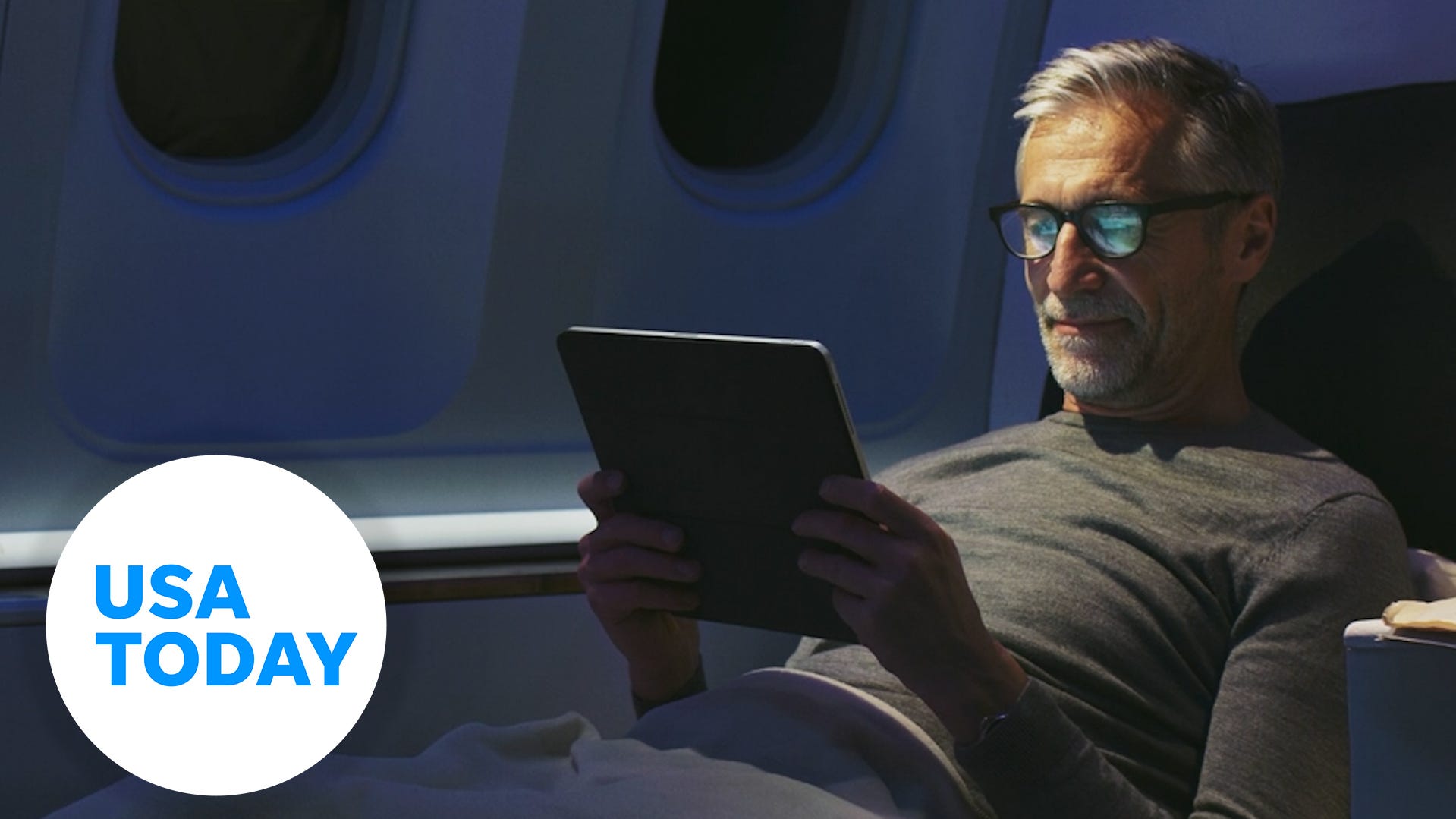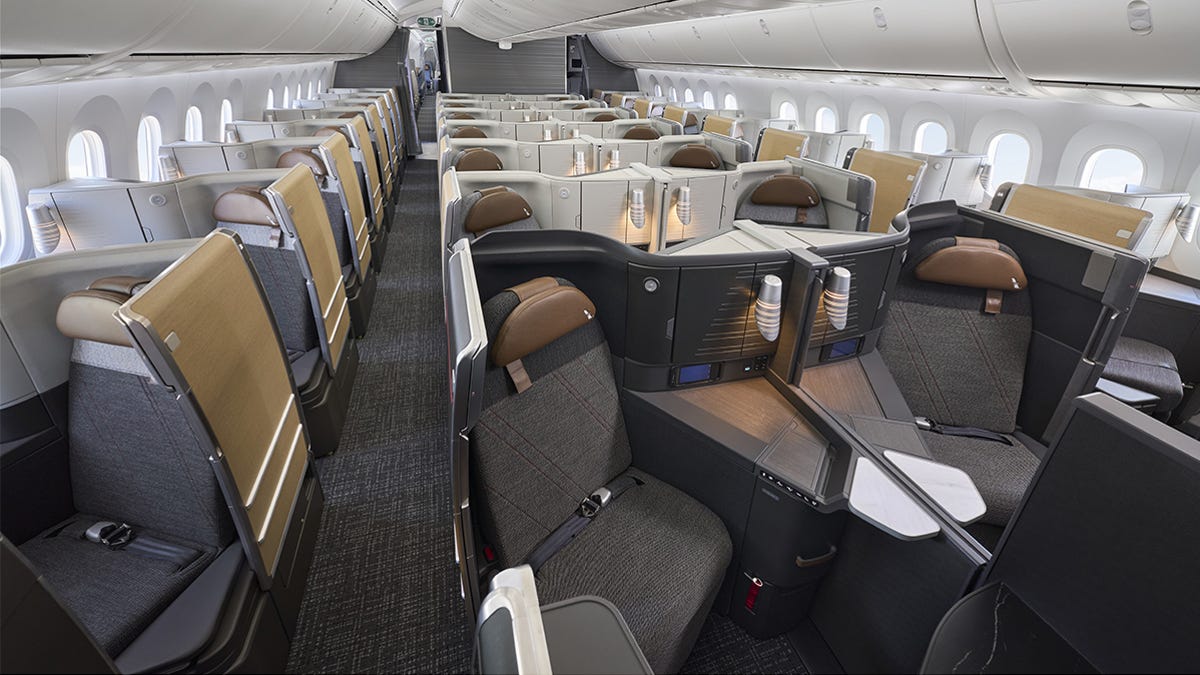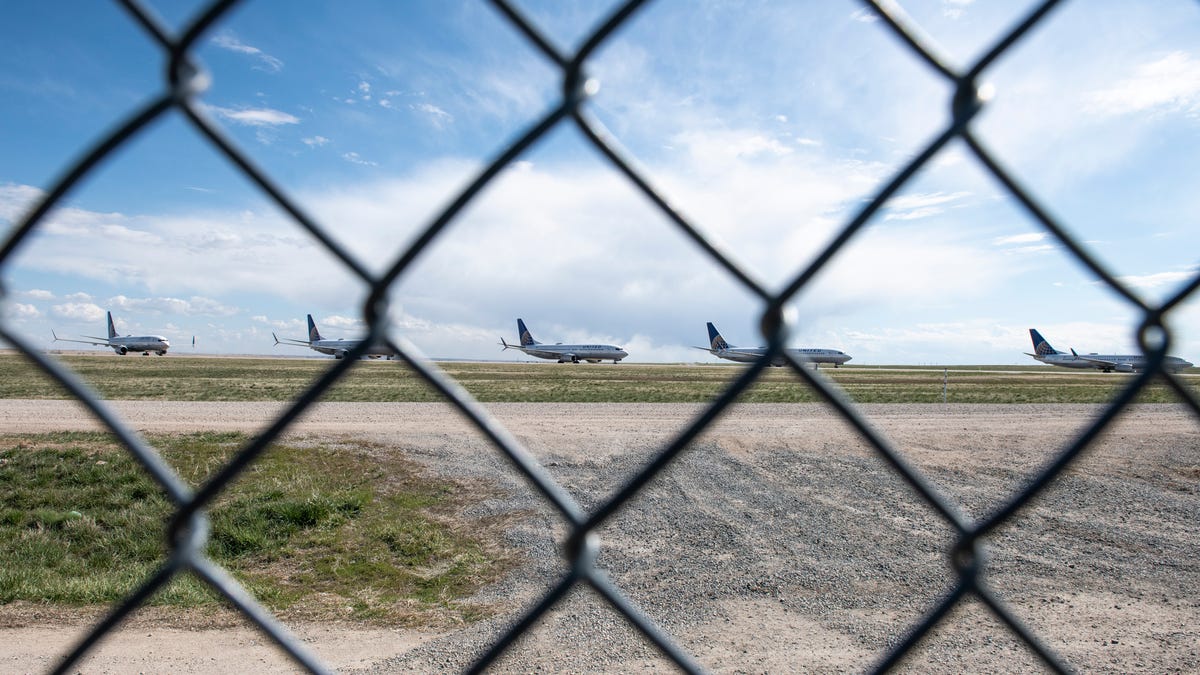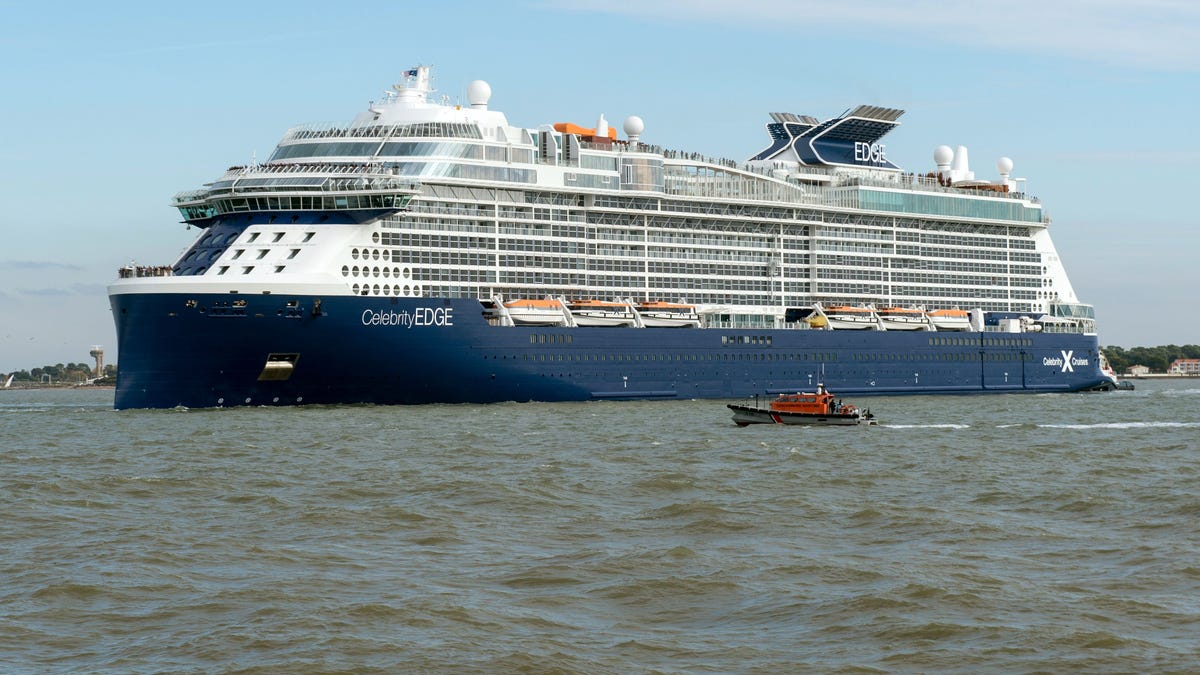
A short flight just got more comfortable than you think
Short flights could let you experience a bed in the sky for less.
- Passengers can experience international-style seating on short domestic flights when airlines use larger planes for these routes.
- Airlines utilize larger aircraft on shorter routes to maximize aircraft usage and meet high passenger demand, especially between hub cities.
- While these flights offer upgraded seating, the service is typically comparable to domestic first class, not the full international experience.
If you want a glimpse of the sweet life at the pointy end of the plane, there’s one way to do it that doesn’t require a boatload of points or miles or cash. It’s by taking a short domestic flight where an airline has routed one of its internationally configured planes.
I’m not talking about premium transcontinental flights that are always set up for big spenders. I’m talking about one-off itineraries where airlines are trying to squeeze the most performance out of their planes, like the trip I have coming up to Atlanta later this summer, on which Delta currently has a flat-bed Boeing 767 scheduled for one of my flights.
If I get an upgrade, I’ll be cruising down to Georgia in style and maybe sneaking in a little nap in a fully flat bed. And even if I don’t get the upgrade, I’ll still benefit from a little more leg and elbow room.
Why do airlines use big planes on short flights?
An airplane is only making money when it’s in the air, so airlines typically try to keep their planes flying as much as possible, so it doesn’t become a drag on the bottom line.
“In general the reasons airlines do this is there’s enough demand and they can put these airplanes, fill them up and do it, but that really only makes sense if they can pair it with the slack in the system that they have from international flying that gives them free time to play with,” Brett Snyder, author of the blog Cranky Flier and owner of the travel agency Cranky Concierge, told me.
Airlines that fly only long-haul networks usually try to turn their planes around as quickly as possible, but those with more diverse routes may be trying to optimize their flight schedule more, and may find that it makes sense to fly an internationally configured jet on a short out-and-back itinerary between longer hops. In other cases, it’s because a plane needs to get from its base airport to another location before its scheduled flight.
“Sometimes it’s a matter of connecting the dots,” Snyder said. “Sometimes … it’s because there’s huge (passenger) demand and there’s huge cargo demand and that’s a great place to put that airplane.”
How can I find a flight like this?
In general, you’re most likely to see these planes on routes between an airline’s hub airports, or from one of its hubs to another location with high demand.
“In the winter you can look at Florida, Latin, Caribbean type of stuff,” Snyder said. “Year-round, you can always look at hub-to-hub flying. That’s usually where you’ll find it is between an airline’s hubs.”
In the summer, when travel demand to Europe is higher, there are typically fewer short-haul widebody routes, because airlines surge capacity across the Atlantic. There are usually more quirky flight options like this in the winter, according to Snyder.
“More often than not they get decent usage flying it to Orlando or Cancun or someplace where there are a ton of people looking to fly,” he said.
If you’re not familiar with all the various airplane types, make sure to check the flight details and compare the aircraft against a site like aeroLOPA to make sure you know what you’re getting.
What is the service usually like?
Even though you’ll benefit from the nicer seat, flying a widebody on a short route won’t be quite the same as it is on a longer flight.
“It can really depend on the airline and the route, but in general, you’re getting a domestic first-class style service. You’re not getting blankets and pajamas and multicourse meals and all of this,” Snyder said. “They cater it to act more like a domestic first-class type of service, just with a much nicer seat.”
But the service will still be a step up from what you get in regular economy.
Do widebody flights cost more?
Airline pricing is famously opaque but in general, flights with better seats will usually cost the same or a little more than others on the schedule for the same day.
“If you’re flying on a route with a flat bed versus a non-flat bed, there is a very good chance it will be priced higher,” Snyder said. “They know they can get more money, it’s not like the old days where they were bad at this.”
For example, on the 767 flight I’m taking to Atlanta this summer, first class – which on this plane includes a flat bed – is priced at $519 one-way, while the two earlier flights are asking $444 for a standard domestic first class seat, and the next later flight, which also features a standard domestic first class seat, is going for $514.
But that’s not the only metric for pricing on these planes.
On the 767, Delta also sells international premium economy as domestic Comfort, and it’s priced the same $259 one-way as Comfort on all the nonstop flights that day. On the 767, though, Comfort passengers will get a seat more similar to the domestic first class recliner on other flights.
“There are some sweet spots on that airplane, depending on the airline,” Snyder said.
Are there any drawbacks to booking widebodies on domestic flights?
Mostly, it’s all upside. You’ll get a little more space in any cabin and will get to have a quirky experience of being on a big plane for a short flight. But there are some small snags that could be annoying, if not exactly devastating.
For one, there’s no guarantee the airline is going to keep your preferred aircraft on the flight.
“If you book these don’t 100% count on it not changing, because there are always airline schedule changes. Depending on how far out you book, airlines may sub it out,” Snyder said. And while airlines do offer some flexibility to change your ticket if there’s an equipment change, he added that those policies don’t usually apply to these kinds of flights, because tickets are sold as domestic first, for example, not as business class, so you’re still technically getting what you paid for.
Snyder also said a bigger plane could make connections a little more annoying.
“Sometimes you will see these airplanes operating more out of the international gates if they’re at terminals that segregate those because maybe they’re coming in from somewhere internationally,” he said. “For connections it can sometimes make it a little more challenging depending on where you are.”
But all that is pretty minor. I say: give it a shot. What do you really have to lose?
Zach Wichter is a travel reporter and writes the Cruising Altitude column for USA TODAY. He is based in New York and you can reach him at zwichter@usatoday.com.










